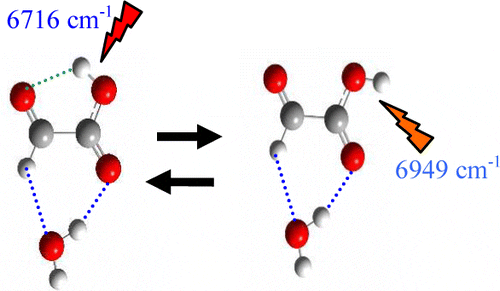Ecological Adaptations: From Angstroms to Ecosystems (2)

From the time I published my review of biophysically constrained nutritional epigenetics, which refuted the neo-Darwinian nonsense about mutation-driven evolution, 2834 more publications have mentioned mutations and evolution. For comparison, there are ~12,370 more publications on microRNAs. The additional publications on microRNAs attest to the facts about ecological adaptations in all living genera. For example: … Ecological Adaptations: From Angstroms to Ecosystems (2)




